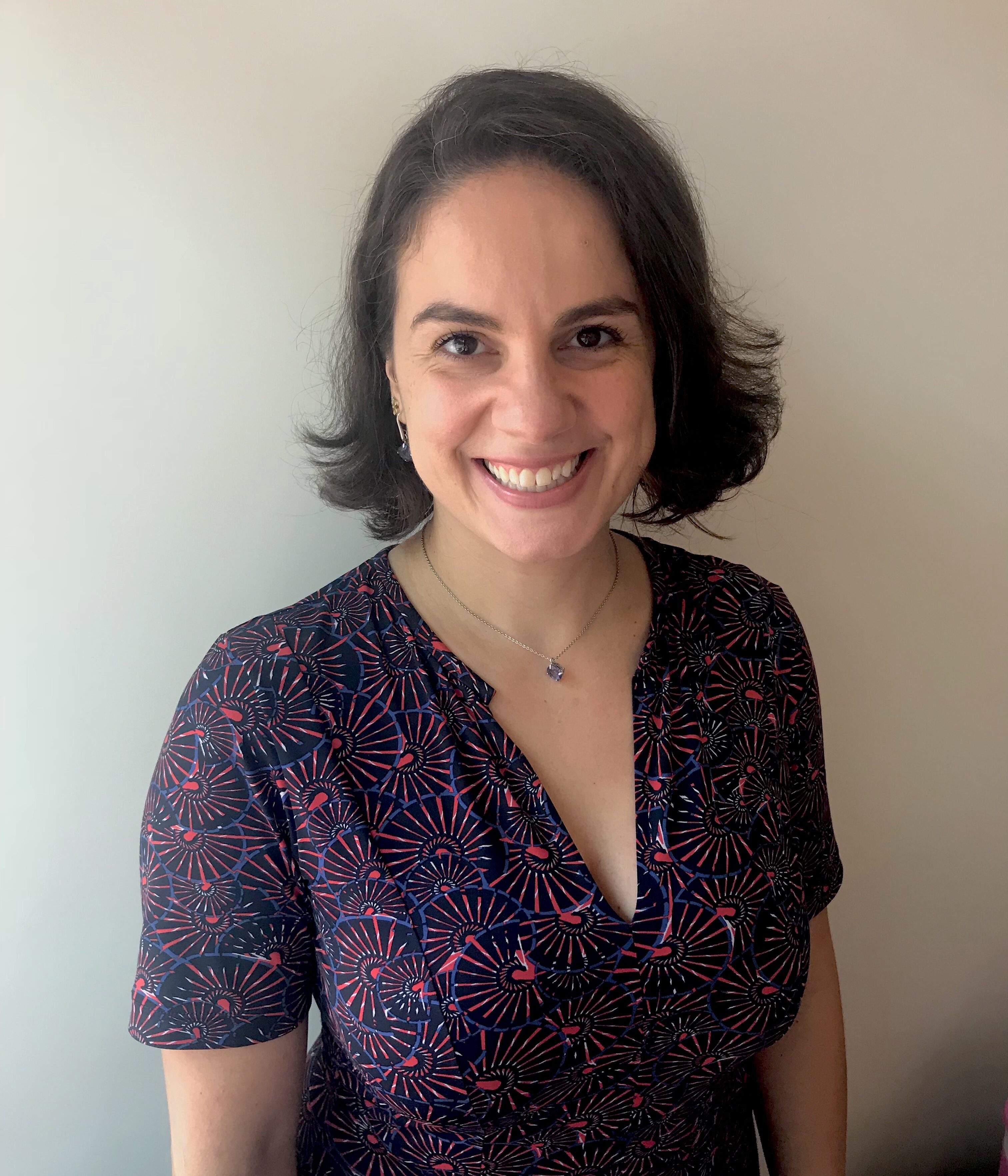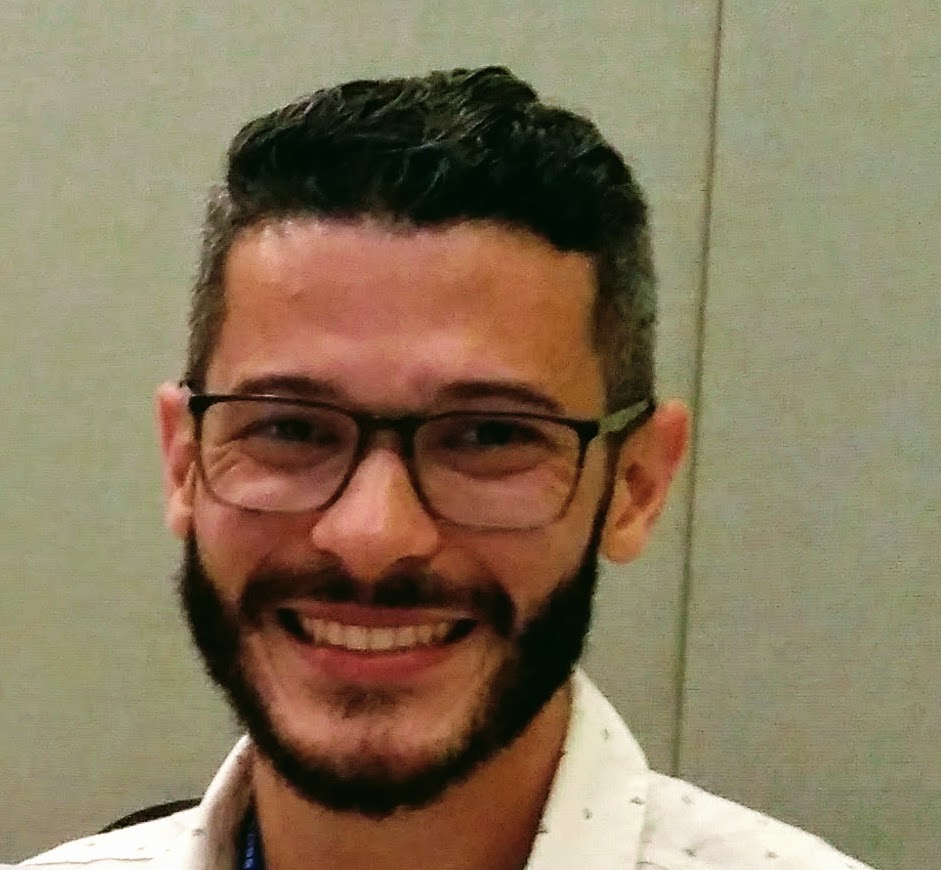What does it mean to communicate? Part II – Montblancs vs. Bics
Once, when I needed to sign a document, I borrowed a pen from a person very dear to me. I immediately felt something was wrong. My handwriting wasn’t flowing naturally and I wondered what was up with the pen. That’s when I saw a 6-point white star on the top. The owner of the pen must have read some sort of criticism in my eyes, “I know cheap Biros will do the work just as well…” “Or better,” I interjected, glancing at what looked like a forged version of my signature. “Indeed, but in my line of work I need a Montblanc,” the corporate lawyer explained, “to convey a certain image to my clients.”
It did make sense. As my Biology teacher used to so colourfully put it, “if you are talking to frogs, crouch down with them.” And it dawned on me that it wasn’t just a luxury pen those VIPs expected to see. When you think of a Brazilian lawyer, don’t you picture some flare in the use of language: sophisticated vocabulary, convoluted grammar, impenetrable written texts with Latin sprinkled to taste?
“It shouldn’t be like that,” that lawyer told me time and again, “people should fully understand what they’re signing. Too much Legalese can be a bad thing, especially when the document is to be used by laypeople.” However, lawyers don’t seem to kick that habit, and both clients and other lawyers have apparently grown to expect a degree of inscrutability from the language of Law professionals.
That anecdote is far from being enough material for a proper needs analysis, but seems to indicate that corporate lawyers need more than nuanced accuracy. Rather, they are likely to be required to demonstrate uttermost sophistication in their use of language. Meanwhile, Physics researchers – according to a seminal study conducted by Jacoby (1998) and later reported by Jacoby & McNamara (1999) – do not worry much about one another’s accuracy. Jacoby recorded the meetings of a Physics research group in which members would rehearse their talks and give each other feedback. She found that researchers dwelled largely on content and on problems with the way information was presented and organised. When they pointed out anything linguistic, it was usually misspelling on the slides or mistakes that affected meaning.
If I hadn’t told you that, however, what would you – as a language teacher – set as a communicative goal for a doctor in Physics? Imagine a Brazilian Sheldon Cooper approached you for one-to-one lessons so they could attend international conferences. Would you want to make sure they communicated their findings with very accurate and complex lexicogrammar and pronunciation? Let’s be honest, you and I probably would. Most studies on the assessment criteria employed by language teachers show that – consciously or unconsciously, yet perhaps unsurprisingly – we tend to focus on linguistic aspects of the communication (Elder et al., 2017). The fact remains, however, that Dr Cooper’s peers, native and non-native speakers alike, are not that concerned about linguistic criteria, but rather about the technical quality of the research and how easy to follow the presentation is. Physics researchers, it seems, expect a very functional Biro, not a pretty-yet-weird Montblanc. They are more goal-oriented than linguistically-minded, of course, and regard language as a tool. To them, all that matters is how effective the presentation is, in the most straight-forward sense of the word, not how beautifully put it was. Unlike perhaps lawyers…
In real life, our students won’t be judged by our linguistic yardsticks, but by their peers – and maybe also by their clients or other professionals who they communicate with. If we want them to do well in those interactions, as I’m sure we do, we have got to understand a lot better those components they will be assessed by: the so-called “indigenous assessment criteria”, i.e. the standards used by their own speech community to assess the communications in their group. That means we need to look not only at the aspects we teachers find important – such as pronunciation, structure and lexis –, but also (and I’d go as far to say mainly) at what our student’s professional community think matters for communications in their own field. After all, we may be language experts, but we do not know their fields better than they – and their supervisors, clients, and colleagues – do.
************************
P.S.: Do you think what I’m saying is valid for ESP only? Then please check Elder et al (2017) for a summary of a PhD study on indigenous assessment criteria for General English tests.
************************
References:
Elder, C., et al. (2017). Interrogating the construct of communicative competence in language assessment contexts: What the non-language specialist can tell us. Language & Communication, https://dx.doi.org/10.1016/ j.langcom.2016.12.005
Jacoby, S.W. (1998). Science as performance: Socializing scientific discourse through the conference talk rehearsal (Unpublished Ph.D. thesis). University of California, Los Angeles.
Jacoby, S., & McNamara, T. (1999). Locating competence. English for Specific Purposes, 18 (3), 213–241.






